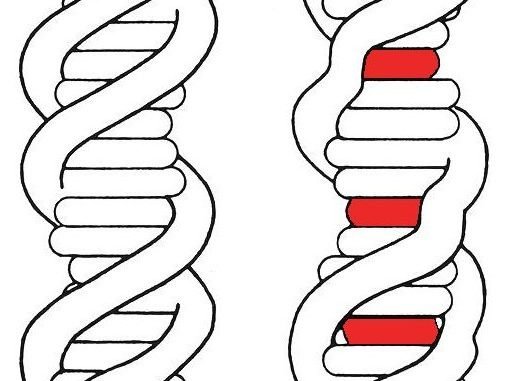
Decades ago heralded a triumph in medical and science history as the first test tube baby was born. Some questioned it as unethical. Since then several experiments have been successful in splicing DNA and genetically modifying the molecules of life, even making adjustments as the CRISPR projects promote. Is man almost at the point of synthetically creating a human? Some reports indicate it so. Can man successfully counterfeit life? Or is it considered another creature?
Test Tube
On July 25, 1978, Louise Joy Brown, the world’s first successful “test-tube” baby was born in Great Britain. Although the technology that made her conception possible was heralded as a triumph in medicine and science, it also caused many to consider the possibilities of future ill-use.
The IVF procedure involves fertilizing an egg outside the body, in a laboratory dish, and then implanting it in a woman’s uterus.
The eggs that have been collected are placed together with male sperm and kept in a environmentally controlled chamber. After a few hours the sperm eventually enters the egg. However, sometimes the sperm is directly injected into the egg, this is known as an intracytoplasmic sperm injection (ICSI).
The fertilized egg divides and becomes an embryo. At this point some centers offer pre-implantation genetic diagnosis (PGD) which can screen an embryo for genetic disorders (a somewhat controversial technique not always used). Either one or two of the best embryos are selected for transfer.
DNA Modification
Autodesk Researcher Andrew Hessel is a catalyst in biological technologies. Researcher with Autodesk Inc. in their SF-based Life Sciences group, which is creating software tools for molecular and living systems.
Writing the human genome comes with its own set of challenges. Autodesk Fellow Andrew Hessel, speaking at Singularity University’s Exponential Medicine 2016 says that while some organizations have been writing DNA, they are only able to produce a million-pair DNA constructs, a far cry from a human genome’s 3 billion pairs. “This is really hard work…trying to go from DNA to packaged chromosome put into a cell and functional is hard. I don’t want to gloss over the technical challenges,” Hessel said. Hessel is confident that 2026 is a potential time frame if synthetic biology develops exponentially like how the Human Genome Project did.
CRISPR: It’s the powerful gene editing technology transforming biomedical research. Fast, cheap and easy to use, it allows scientists to rewrite the DNA in just about any organism—including humans—with tests on human embryos already underway. The technique’s potential to radically reshape everything from disease prevention to the future of human evolution has driven explosive progress and heated debate. Join the world’s CRISPR pioneers to learn about the enormous possibilities and ethical challenges as we stand on the threshold of a brave new world of manipulating life’s fundamental code.
Designer Babies, choosing and modifying traits.
Eugenics Programs
Improving the genetic quality of people.
Close to natural selection (naturally if in the environment, but forced if done as a governmental ideology).
Eugenics was used to justify racial policies of the Nazis. The defective people were euthanized and those fit to live would endure. Adolf Hitler had praised and incorporated eugenic ideas in Mein Kampf in 1925 and emulated eugenic legislation for the sterilization of “defectives” that had been pioneered in the United States once he took power.
Some common early 20th century eugenics methods involved identifying and classifying individuals and their families, including the poor, mentally ill, blind, deaf, developmentally disabled, promiscuous women, homosexuals, and racial groups (such as the Roma and Jews in Nazi Germany) as “degenerate” or “unfit”, and therefore led to segregation, institutionalization, sterilization, euthanasia, and even mass murder.
Birth legislation was enacted in China, which maintained its one-child policy until 2015 as well as a suite of other eugenics based legislation to reduce population size and manage fertility rates of different populations.
Sources:
https://futurism.com/scientists-target-2026-as-the-year-of-the-first-synthetic-genome/
